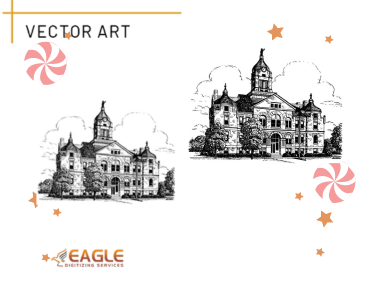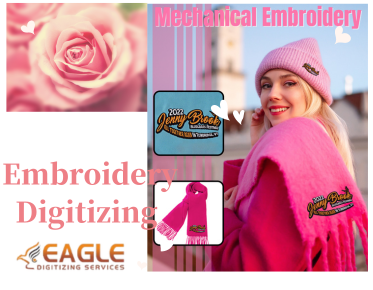DTG Printing vs Screen Printing: The Ultimate Guide
In the world of custom garment printing, two primary methods dominate the market: Direct-to-Garment (DTG) printing and screen printing. Each of these techniques offers unique benefits and challenges, making the question of which is "better" largely dependent on specific needs and circumstances. Whether you’re a business owner or an individual looking to create custom apparel, understanding the distinction between these two popular methods is essential.
The Basics of DTG and Screen Printing
Direct-to-Garment (DTG) printing is a modern method where a digital printer applies ink directly onto the fabric using specialized aqueous inkjet technology. This process is akin to using a computer printer, allowing for complex and detailed designs to be reproduced on textiles with ease. On the other hand, screen printing, also known as silkscreen printing, involves pushing ink through a mesh stencil placed over the fabric. This traditional method has been used for decades and is known for producing vibrant and durable prints.
Advantages of DTG Printing
The primary advantage of DTG printing lies in its ability to produce high-quality, detailed images that are ideal for small orders and intricate designs. Because it’s a digital process, set-up times are minimal, and there’s no need for creating screens or stencils, making it cost-effective for small runs. Additionally, DTG allows for unlimited color options without additional cost, ideal for designs with gradients or photorealistic details.
Strengths of Screen Printing
Screen printing shines in efficiency and cost-effectiveness for large orders. It's known for producing vibrant prints with long-lasting durability because it uses thicker inks that sit on top of the fabric rather than soaking in, as in DTG. Screen printing is also versatile, being applicable on a wide range of surfaces beyond textiles, including plastics, wood, and metal.
Key Differences to Consider
When choosing between DTG and screen printing, consider several factors: order size, color complexity, and fabric type. DTG is better suited for smaller quantities and complex multi-color designs, whereas screen printing is ideal for large batches and designs featuring fewer colors. It’s important to note that screen printing can incur additional costs when using multiple colors due to the extra screens required.
Order Flexibility
DTG printing offers excellent flexibility. Since it doesn’t involve extensive setup, designers can change designs easily without incurring significant costs. This flexibility is perfect for custom orders like personalized gifts or small batch merchandise. In contrast, screen printing requires new screens for each new design or color change, making it less adaptable for small, custom jobs.
Durability and Feel
The choice between DTG and screen printing should also weigh considerations about the feel and durability of the print. Screen printing usually results in a thicker layer of ink, which some might find offers a higher quality and more tactile finish. Meanwhile, DTG prints are smoother to the touch because the ink is absorbed into the fabric rather than sitting on top.
Environmental Impact
Environmental considerations are increasingly important in production methods. DTG printing is often regarded as more eco-friendly due to its water-based inks and lack of harsh chemicals in the process. Screen printing can be less environmentally friendly if not managed properly, especially when using traditional plastisol inks, which contain PVC and phthalates. However, recent developments in eco-friendly inks for screen printing have mitigated some of these environmental concerns.
Conclusion: Making the Right Choice
Ultimately, the best choice between DTG and screen printing will depend on the specific needs of your project. Consider the size of your order, the complexity of your design, and your budget. While DTG offers greater flexibility and is better suited for small, detail-rich designs, screen printing provides durability and quality for high-volume production. As technology advances, both methods continue to evolve, offering exciting opportunities for customization and creativity in textile printing.
As these methods develop further, future innovations may bridge the gap, offering new techniques that combine the best of both worlds. Until then, careful consideration of your project's requirements will guide you to the right printing choice.


